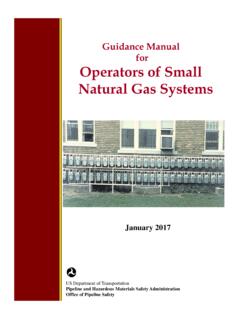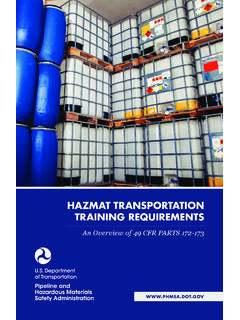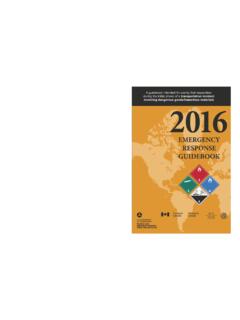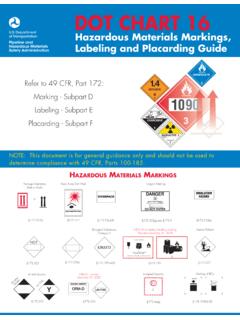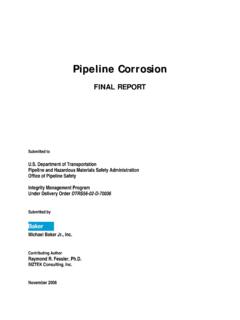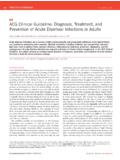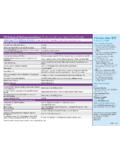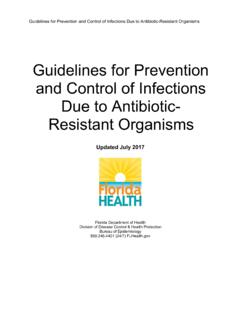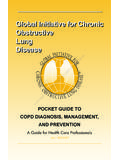Transcription of Guidelines for Hazardous and Prevention/Mitigation Training
1 Guidelines for Hazardous Materials Response, Planning and Prevention/Mitigation Training 2016 2016 Guidelines for Hazardous Materials Response, Planning and Prevention/Mitigation Training Introduction Page ii Executive Overview The Department of Transportation's Pipeline and Hazardous Materials Safety Administration (PHMSA) develops and enforces regulations for the safe, reliable, and environmentally sound operation of the nation's million mile pipeline transportation system and the nearly one million daily shipments of Hazardous materials by land, sea, and air. PHMSA s mission is to protect people and the environment by advancing the safe transportation of energy and other Hazardous materials that are essential to our daily lives. The Hazardous Materials Emergency Preparedness (HMEP) grant program supports PHMSA s mission by funding public and first responder efforts to plan for, prepare for, and improve the nation's response to Hazardous materials transportation incidents.
2 The HMEP grant program was established in 1990 by the Hazardous Materials Transportation Uniform Safety Act (HMTUSA). In 1992, federal Hazardous materials law (49 5101 et seq.) established a national registration program for shippers and carriers of Hazardous materials. The law also established collection of fees from registrants. These fees finance emergency preparedness planning and Training grants; development of Training curriculum Guidelines for emergency responders, technical assistance to states, political subdivisions, and federally recognized tribes; publication and distribution of the Emergency Response Guidebook; and administrative costs for operating the program. Currently, the HMEP grant program is designed to allow grantees the flexibility to implement Training and planning programs that address differing needs for each location based on demographics, emergency response capabilities, commodity flow studies, and hazard analysis.
3 Governors in each state, or their counterparts within territories or tribes, designate an agency to receive HMEP grant funds. The HMEP grant program leverages Federal resources with local and state assets to support the nation s first responders. To assist grantees and the response community with emergency planning and Training , HMTUSA authorized the United States Department of Transportation to develop Guidelines that would ensure that effective Training was conducted using grant funds. Management and quality control of Training are the responsibility and authority of localities as well as states, territories, and tribes. The Federal role is to provide support and assistance to state, tribal, and local Training management in curriculum development and revision and to help improve the quality of Training delivery. The HMEP Guidelines effort includes (1) the development and maintenance of Guidelines against which courses can be assessed by state, tribal, territory and local Training managers and (2) the implementation and maintenance of support systems to help state, tribal, territory and local Training offices improve key elements that affect the quality of Training , such as needs assessment, Training plan development, testing, and assimilation of existing courses and materials from other jurisdictions.
4 The 2016 Guidelines for Public Sector Hazardous Materials Response, Planning and Prevention/Mitigation Training ( Guidelines ) constitutes one component of the overall program to provide assistance and support to state, tribal, territory and local Hazardous materials Training initiatives; completed through an interagency agreement with the Federal Emergency Management Agency. 2016 Guidelines for Hazardous Materials Response, Planning and Prevention/Mitigation Training Introduction Page iii Page Intentionally Left Blank 2016 Guidelines for Hazardous Materials Response, Planning and Prevention/Mitigation Training Introduction Page iv Guidelines Overview The Guidelines is designed to be used as a working reference manual by public sector managers of Hazardous materials Training . It is organized and indexed to facilitate user cross-referencing of sections and content.
5 Most material addresses the content of courses and the tools to be used in self-assessment of courses. However, course content constitutes only one factor in the Training equation that determines the competency of public sector employees involved in Hazardous materials planning and response. Therefore, other HMEP curriculum support programs provide additional information and guidance for the public sector Training management responsibilities described above. The Guidelines is organized into four components: Introduction Hazardous Materials/WMD Incident Response Curriculum Guidelines Hazardous Materials Incident Planning Curriculum Guidelines Hazardous Materials Incident Prevention/Mitigation Curriculum Guidelines The Guidelines describe in detail the recommended and the required substance of Training courses for response and planning for Hazardous materials and terrorist incidents, and for prevention of Hazardous materials incidents.
6 The information consists primarily of competency requirements to be addressed. Objectives are organized by the response, planning and Prevention/Mitigation functions for which Training should be conducted. Included are recommendations for the organization and structure of courses in each specific area, including considerations such as length of Training , course methodology, exercise and activity design, equipment and facilities needed, topic-specific testing and evaluation considerations. Hazardous Materials/WMD Incident Response Curriculum Guidelines There are two tracks of objectives in each Training category of the Hazardous Materials/WMD Incident Response Curriculum Guidelines . The first track, required Training , describes minimum Training requirements as defined by OSHA (q). The second track, recommended Training , recommends Training objectives that reflect the Training organization described in the NFPA 472 and 473 standards and other Training recommendations incorporated by or developed by the Guidelines authors.
7 Both tracks describe Training levels that are the minimum Training appropriate for the competencies in each section. They can be expanded by individual jurisdictions to better ensure effectiveness of Training . The Hazardous Materials/WMD Incident Response Guidelines are organized into the following subsections: General Training Issues-Incident Response Awareness Level Personnel Core Competencies for Operations Level Responders Mission Specific Competencies for Operations Level Responders Hazardous Materials Technician Hazardous Materials Technician with a Specialty 2016 Guidelines for Hazardous Materials Response, Planning and Prevention/Mitigation Training Introduction Page v Incident Commander Specialist Employee C, B, and A Hazardous Materials Officer Hazardous Materials Safety Officer Hazardous Materials Basic Life Support Responder Hazardous Materials Advanced Life Support Responder Mission Specific Competencies for HazMat ALS Responder Hospital First Receiver Appendix.
8 Related Standards and Special Topics Hazardous Materials Incident Planning Curriculum Guidelines The goal of the Hazardous Materials/WMD Planning Curriculum Guidelines is to enhance the knowledge, skills, and attitudes of the broad spectrum of State, Tribal, Territory and local Training audiences who develop or contribute to the development of local Hazardous materials response plans. The curriculum is structured into three Training levels based on general skill requirements of the Training audience: Planning Orientation, Planning Essentials, and Planning Specialties. Planning Orientation focuses on general awareness of the planning requirements and process and is targeted for general audiences. Planning Essentials focuses on the minimum competencies needed to develop local response plans and is targeted for local planning team members. Planning Specialties focuses on advanced, specialized planning skills that are needed by selected personnel at the State, Tribal, Territory and local levels to provide specialized roles and services in the planning process.
9 The Planning Curriculum Guidelines are organized into the following subsections: Planning Curriculum Overview Planning Awareness Core Planning Competencies Mission Specific Planning Competencies o Commodity Flow Study o Hazard Analysis and Threat Assessment o Capability Assessment o Protective Actions Planning o Plan Implementation and Maintenance o Facility Planning o Planning for Public Education Appendix: Planning Guide Summaries, Planning Models, Terrorist Incident Planning Models Hazardous Materials Incident Prevention/Mitigation Curriculum Guidelines Hazardous materials prevention is based on the concept that the majority of accidents don t just happen they are caused. While the use of chemicals may involve risk, the factors that precipitate most accidents are at some point under an organization s or an individual s control.
10 Therefore, most chemical accidents and the damage they cause are by definition preventable. 2016 Guidelines for Hazardous Materials Response, Planning and Prevention/Mitigation Training Introduction Page vi The goal of the prevention Curriculum Guidelines is to enhance the knowledge, skills, and attitudes of the broad spectrum of professional private and public sector State, Tribal, Territory and local Training audiences who, in the course of their normal work, have the opportunity through better practices to prevent the risk and likelihood of occurrence of Hazardous materials incidents. The Hazardous Materials prevention Guidelines are organized into the following sections: Prevention/Mitigation Training Considerations Prevention/Mitigation Awareness Prevention/Mitigation Policy Development Community Prevention/Mitigation Program Management Prevention/Mitigation in Operations Design and Plans Review Facility Inspection and Enforcement Transportation Investigation and Inspection Appendix.


